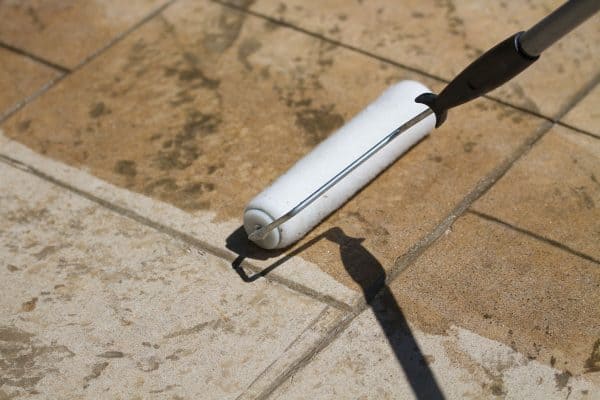Disclosure: We may get commissions for purchases made through links in this post.
We know that having decorative yet purposeful stone pavers can give you a strong surface to expand your outdoor living space. But what can be best used among the bluestone, flagstone, and slate options? By researching, we simplified the comprehensive information to distinguish between these stone pavers.
When used as a pavers, the distinguishing qualities between these natural stones are as follow:
- Bluestone is the most expensive, but it is also the most durable. Bluestone is difficult to process because it is a sedimentary rock formed by the bodies of water.
- Flagstone is the most affordable and offers the least maintenance. It's commonly the first choice of homeowners.
- Slate can be difficult to find and maintain. It has a dusty surface, yet it's tough against external impact.
Depending on the results you want to achieve, each is a good investment for your hardscape. You might need further assessment of the ground to determine which is best to use.
The installation of stone pavers improves the use of your outdoor space. Let us delve deeper into the characteristics of these natural stones so that you can select the best option for your hardscape. Continue reading!
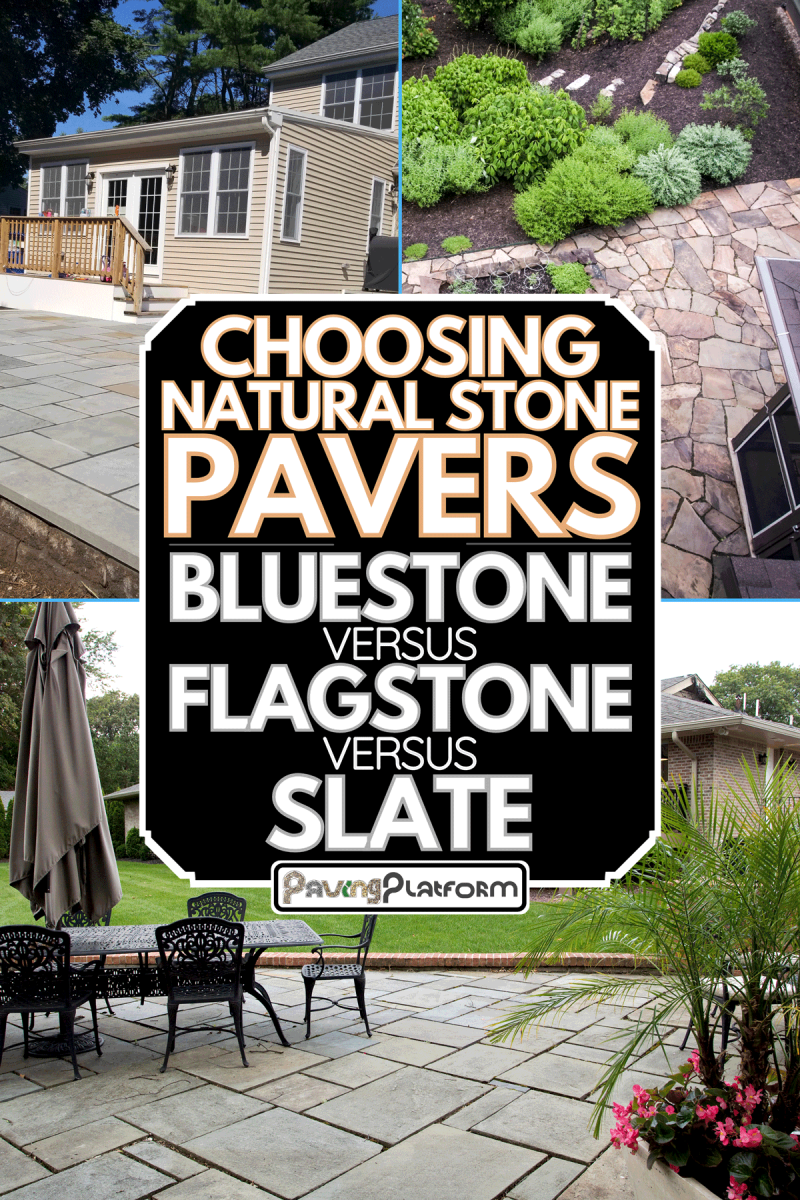
Bluestone Qualities
Bluestone is called blue just because it is a sedimentary rock formed by an ocean, lake, river or another body of water. Due to the abundance of minerals present in a bluestone, it features shades of blue, grey, and green. These characteristics make bluestone slippery, yet highly resistant to heat.
Natural bluestones are quite expensive as they are not easily found in all locales. However, manufacturers produce a mockup of pavers made from alternative materials, nearly the color of bluestone, to give homeowners a chance to experience its beauty.
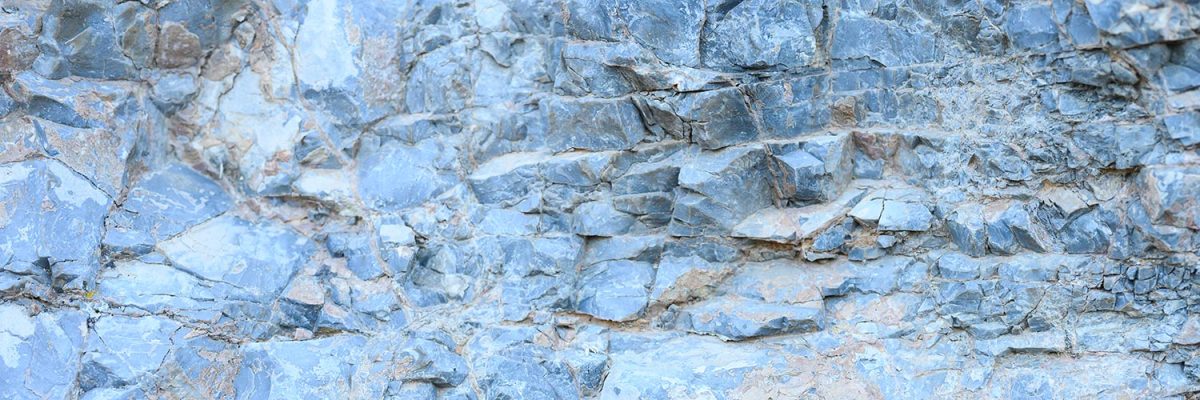
Flagstone Qualities
Flagstone, more commonly found than bluestone, is a sedimentary rock formed by calcium, iron, and silicon. Its coloring resembles earthy neutral hues, in comparison to bluestone's watery, blue-green palette. Thinly cut, flagstone pavers can be used for stepping stones and patios.
Flagstone is somewhat fragile compared to other stones. But it can withstand external forces with help from sealants and sand. However, flagstone is the cheapest of the natural stone pavers.
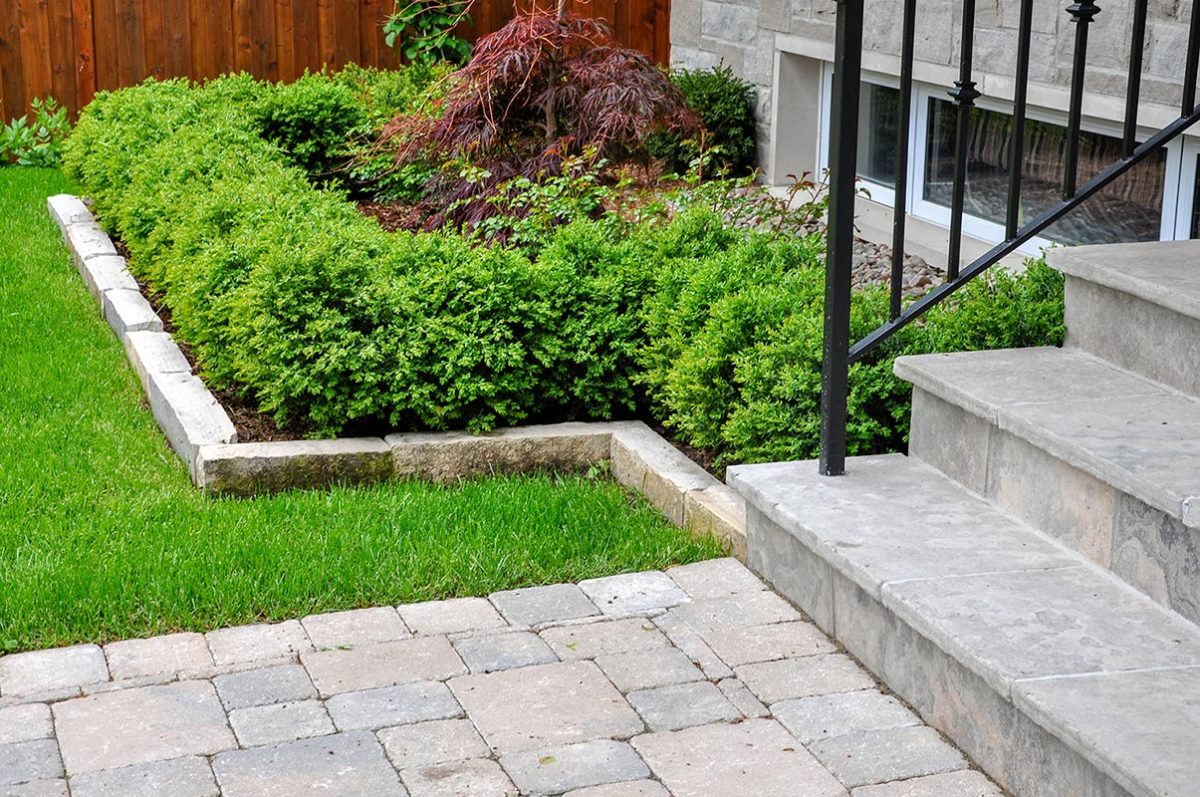
Slate Qualities
Slate is a type of metamorphic rock, which means it is formed by intense heat and pressure by volcanoes. Due to this, the slate may vary with dark colors like ash grey and charcoal black. Slate can also come from mudstones and clay.
Since it has been heated up to a thousand degrees by nature, slate is hardened to stand against external forces. Slate is a wise choice for pavers because of its durability, yet it can be expensive depending on its location.
Given that slate usually has dark colors, it can be the least stylish of the stone pavers. However, it will be a significant choice for pathways, driveways, and can match the quality of concrete pavers.
Using Paver Stones Together
Mixing the three is not a problem. Each can blend with any style you desire, yet using all three can be costly and unpractical. For instance, some stones are weaker than others and might break resulting in an untimely repair or replacement.
You'll also want to consider the various textures of the stones when determining how you want your finished surface to look as well as the ease to clean. These stone pavers may depend on the ground's condition. Ask professionals to guide you more on what will be best for your home.
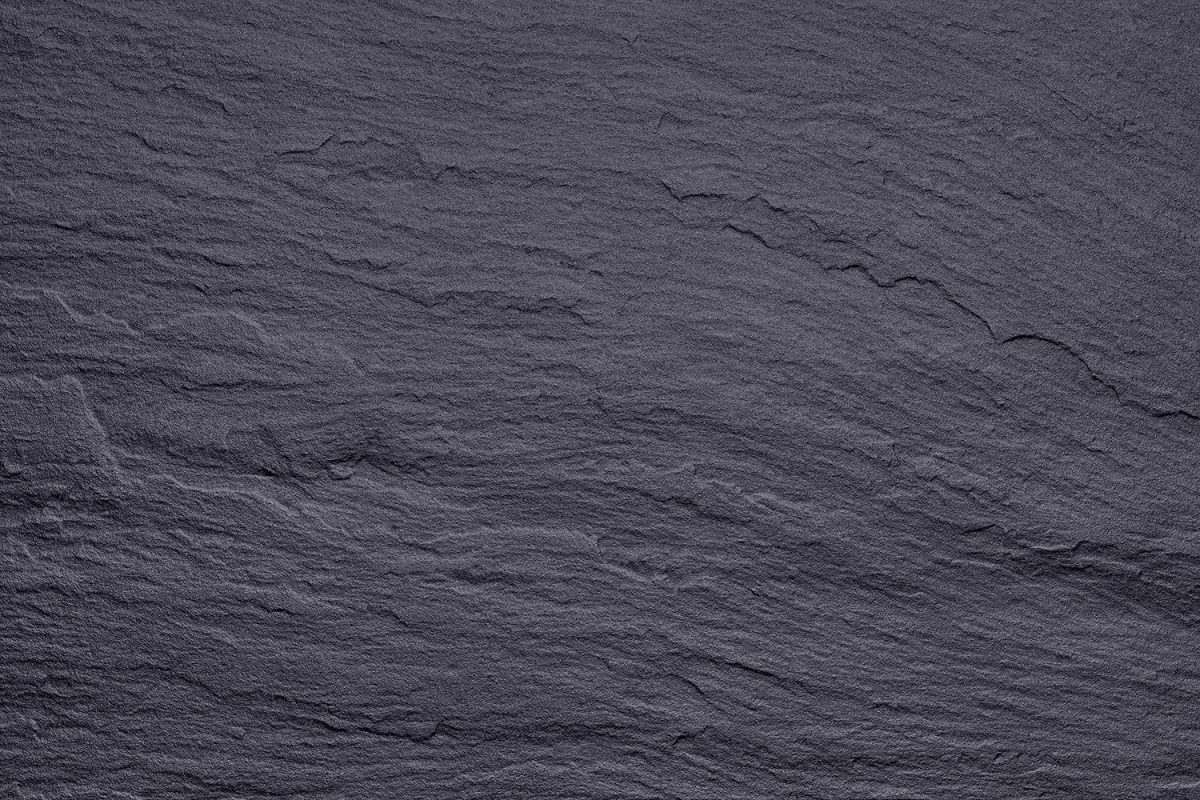
How To Install Natural Stone Pavers?
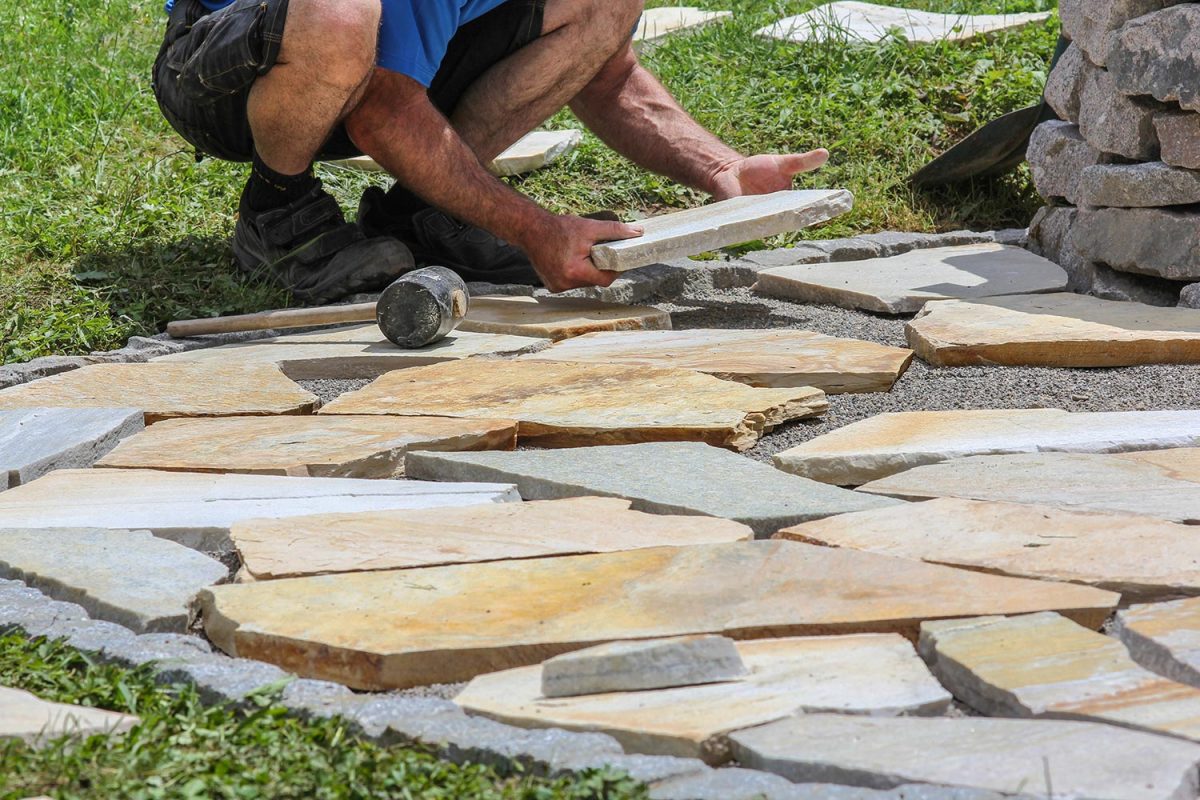
Installing stone pavers might be difficult if the area is too big for you to finish alone. However, listed below are the tools you'll need for installation.
- Stone cutter
- Shovel and trowel
- Rake
- Adhesive mixture
- Sand
- Gravel
- Hammer
- Measuring tape
See this Stone Cutter on Amazon.
If you have prepared the tools, you can now proceed to these steps:
- Remove all the obstacles on the area.
- Measure the area. This is the basis of how much sand and gravel you need.
- Dig at least a quarter inch into the ground. It will be the space where you'll spread the adhesive mixture.
- Pour the adhesive mixture and gravel on the space you made, then flatten the ground with rake and trowel.
- Put the stone pavers on top by pinning with a hammer. Spread the sand to close the gaps.
You can seal the stone pavers to secure them from movements. After installing the pavers, it's best to observe them if there will be issues within the first week. Consult an expert if there's an uncommon occurrence.
How To Seal Stone Pavers
There are various ways to seal your pavers. Sealing can help maintain balance and resist sudden movements. Also, sealing will keep the pavers safe from pests, weeds, and moisture. See these sealing techniques you can implement.
Apply Joint Sand
Applying granular sand between the paver joints can increase friction, which will keep them in place. You can try crushed concrete, silicon, or polymeric sand. Applying sand, however, is optional depending on your purpose. You may use stone fillers if the gaps are too large.
See this Polymeric Sand on Amazon.
Painting The Flagstone Surface
Some paints are multi-purpose and can be used as sealants. Painting can both enhance the paver's appearance and secure the joints. You may apply acrylic, latex, or rubberized paint to hold the pavers together.
You have an option to paint the entire surface or just the paver's edges. Having said that, painting can modify the colors permanently. So, if you want to retain its natural colors, you can try transparent paints.
See this Liquid Rubber Sealant on Amazon.
What Stone Paver Is Good For A Pool Deck?
They are all appropriate for use on the pool deck. However, bluestone can be the most slippery for a pool deck. On the contrary, the bluestone will highly reflect the pool water for an alluring view.
For moderate smoothness, most pool decks use flagstone. While the slate is rough and least slippery, it can be abrasive when walked on barefoot.
You can add a waterproof sealant to your pool deck to make it less slippery.
See this Waterproof Sealant on Amazon.
Can Stone Pavers Be Installed Over Concrete?
Yes, you can install stone pavers over concrete. However, you might need to reapply an adhesive underneath the stone pavers. But for existing concrete ground, make sure that the stone pavers are very tight within the area to avoid misalignment. Place them over the entire area and seal the gaps to make them intact and completely immovable.
Can You Use Stone Pavers For Walls?
It's fine to install stone pavers on the walls, but they should be installed by a professional. Since these natural stones are really meant for the ground, consider these issues before using them for a walled hardscape:
- Stone pavers are quite heavy. Make sure you use a very strong adhesive enough to secure them.
- You need an existing foundation to install stone pavers on walls. Unlike bricks that can be constructed as a wall themselves.
- Most stone pavers are thin and bulk in shape, which can make the installation harder for a first-timer. However, some manufacturers are now making a square-shaped stone pavers.
Safety should come first before style. You need to evaluate the wall's condition before you proceed with any further embellishments.
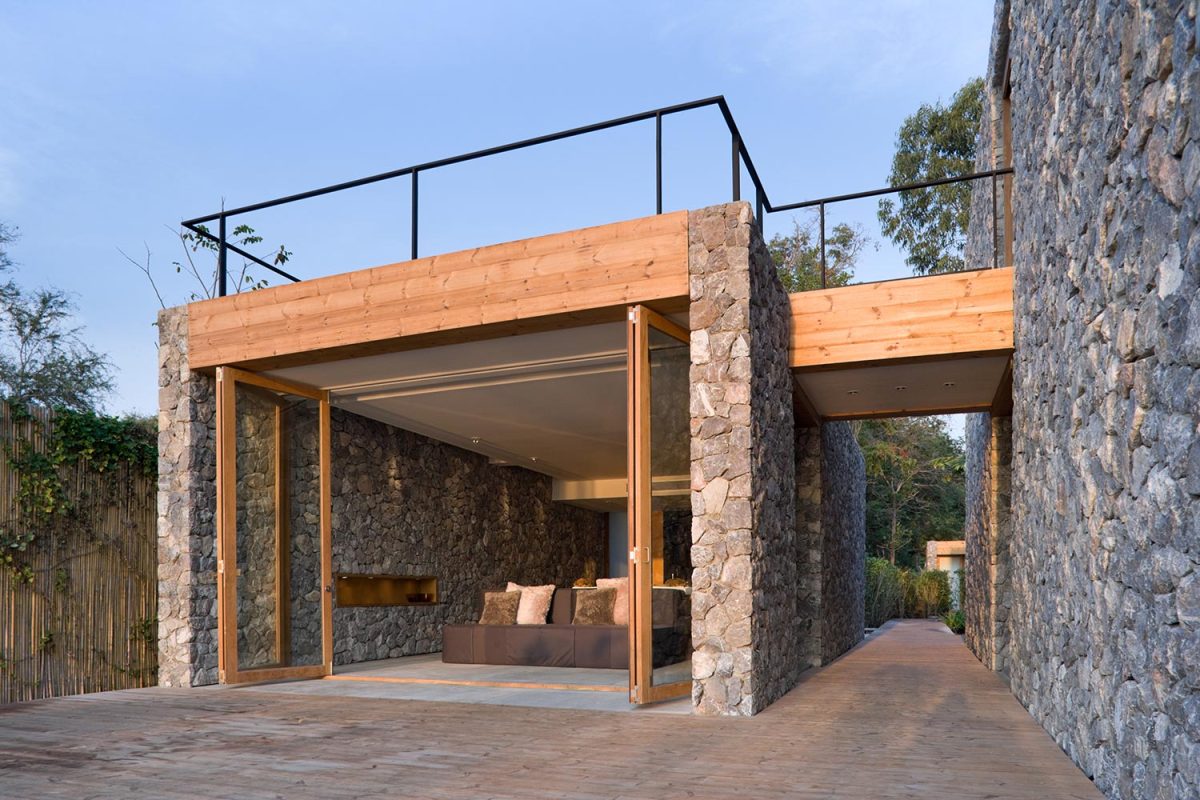
Stone Pavers Vs. Other Pavers
Unless you force them to break, natural stone pavers are extremely durable. There are, however, some pavers that can match its qualities. The following are some characteristics that set stone pavers apart from other types of pavers.
- Stone pavers are being quarried, while concrete pavers are being mixed. That is why stone pavers are more expensive. Concrete pavers, on the other hand, are more adaptable in terms of texture and components.
- Stone pavers have less absorption level than bricks. On the contrary, stone pavers absorb heat faster.
- In terms of convenience of use, concrete pavers are at the top of the list. This is because stone pavers may become too slippery if the sand is lacking or the surface is wet.
- Brick pavers are high-maintenance compared to stone pavers. Brick pavers become dusty quicker than stone pavers. So, brick pavers demand more frequent cleaning.
Stone pavers are undeniably multi-purpose. Its natural strength and mineral components should be enough for you to say that stone pavers are worth having.
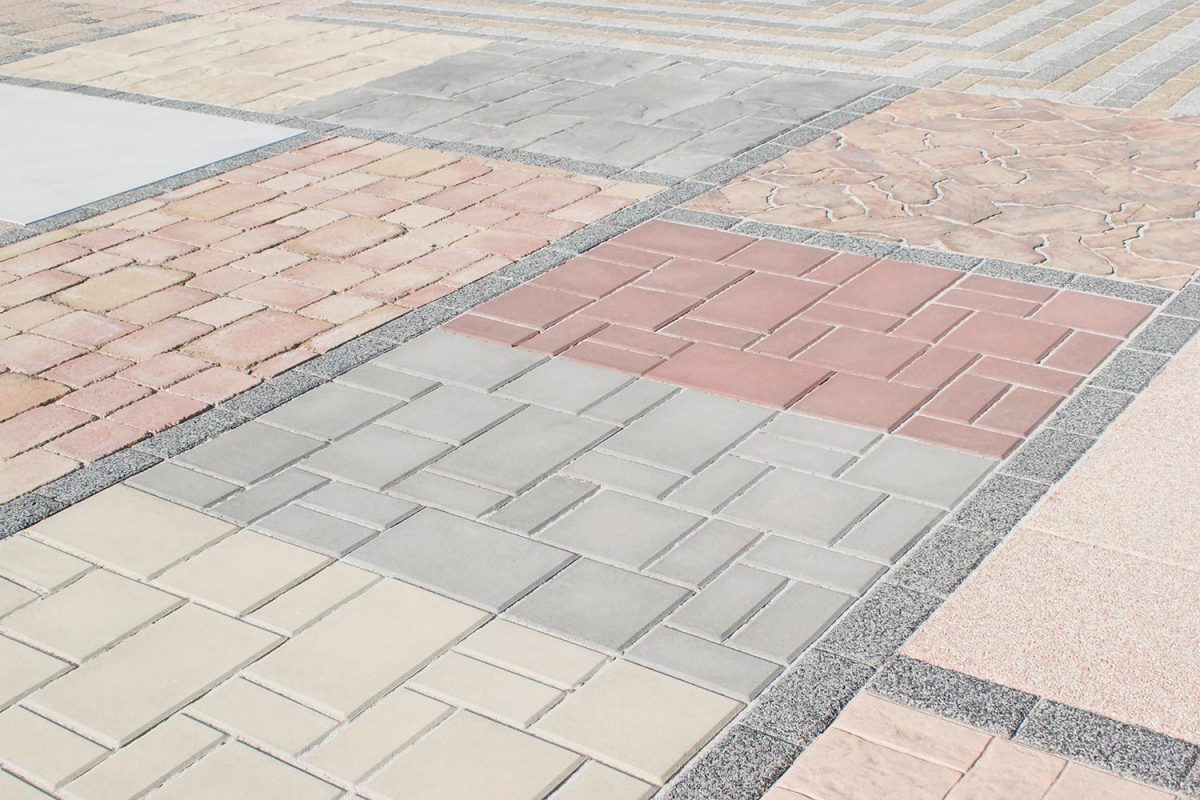
A Stone's Throw
Choosing between bluestone, flagstone, and slate should not be a difficult decision. You can pick any of them, and you will not be disappointed with their exceptional qualities. Just learn how to maximize their purpose without losing your style.
Be more informative! Visit these articles to learn more:
Can Asphalt Be Painted? [And How To]
Do Weeds Grow Through Permeable Pavers? [And How To Stop Them]





![Vibrant Red Paver Stone Path, Can You Spray Paver Sealer? [How To Apply It]](https://pavingplatform.com/wp-content/uploads/2022/04/Vibrant-Red-Paver-Stone-Path-600x400.jpg)
![Properly laid out red pavers for a garden, Can You Tint Paver Sealer? [And How To]](https://pavingplatform.com/wp-content/uploads/2022/04/Properly-laid-out-red-pavers-for-a-garden-600x400.jpg)
